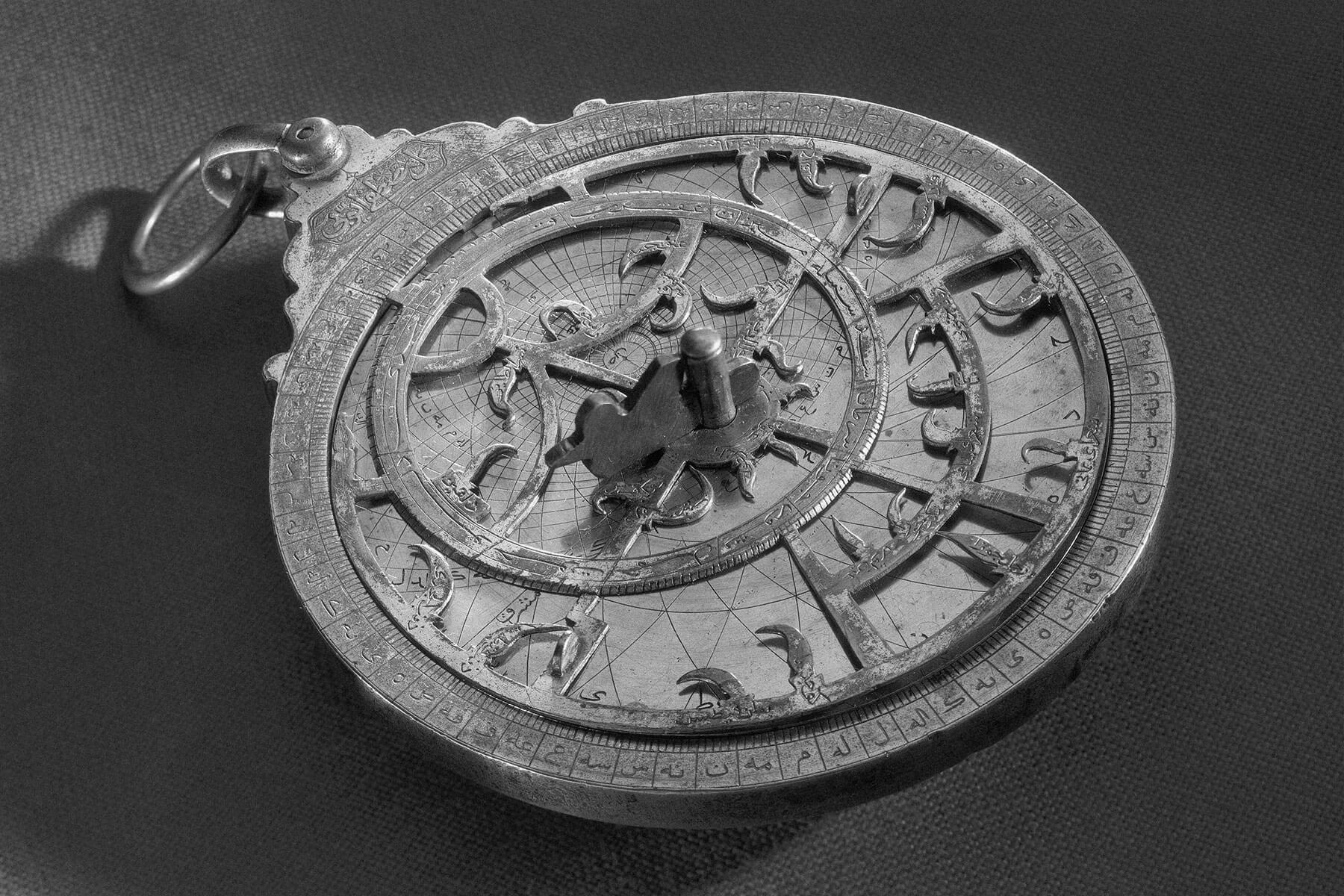Daylight saving time was almost VERY complicated
Sunday, March 10, 2024
Every year, people in many parts of the world set their clocks forward an hour each spring at the beginning of daylight saving time (DST), and then back an hour in the fall. |
| |
| |
|
 |
|
| E very year, people in many parts of the world set their clocks forward an hour each spring at the beginning of daylight saving time (DST), and then back an hour in the fall. One of the first people to seriously advocate adjusting the clock seasonally was a British builder named William Willett, who had noticed that few people were out in the early morning light during the summer, and his golf games often ended early when the sky became dark. But his idea worked a little differently than the "spring forward" and "fall back" time changes many observe today. |
|
|
| In his 1907 self-published pamphlet "The Waste of Daylight," Willett wrote, "The sun shines upon the land for several hours each day while we are asleep, and is rapidly nearing the horizon, having already passed its western limit, when we reach home after the work of the day is over." To maximize time spent during the daylight hours, he suggested changing the clocks at 2 a.m. on Sundays during the spring and fall — something we still do today. But, unlike today, the transition was to happen 20 minutes at a time over the course of four weeks, twice a year, for a total of eight time changes each year. And rather than an even hour, the time difference would be 80 minutes. Willett's proposal was considered in the British House of Commons in 1908, but it was met with derision and soundly rejected. |
|
| During World War I a decade later, many countries were looking for new ways to save money. Inspired by Willett's original proposal, which had included estimated savings in electricity costs, Germany and Britain implemented "Summer Time" in 1916, changing the clocks just one hour twice a year. The United States followed suit, first observing daylight saving time on March 31, 1918. |
|
 |  |
|
| Thank you for supporting our advertisers! |
|
| |
|
 |
|
By the Numbers |
|
| Local time zones in the U.S. before 1883 | | | 144+ |
| | | Increased energy costs after Indiana implemented DST statewide | | | $8.6 million |
| | | Increased energy costs after Indiana implemented DST statewide | | | $8.6 million |
|
|
|
| U.S. states (Arizona and Hawaii) that don't observe DST | | | 2 |
| | | Months of daylight saving time in the U.S. | | | 8 |
| | | Months of daylight saving time in the U.S. | | | 8 |
|
|
|
 |
|
 | | Did you know? |
|
|
Daylight saving time used to be called "war time." |
|
| The United States stopped observing DST at the end of World War I because farmers relied on early morning sunlight to do their jobs. But in 1942, just after the U.S. entered World War II, Congress instituted year-round DST hoping to save fuel, a change that was nicknamed "war time." That was repealed in 1945 with the end of the war, and individual states were free to set their own time standards. After a chaotic couple of decades, the United States implemented universal DST in 1966, although states can still choose to opt out and stick with standard time year-round. |
|
| Thank you for supporting our advertisers! |
|
| |


posted by June Lesley at 4:01 AM










![]()
![]()






0 Comments:
Post a Comment
<< Home